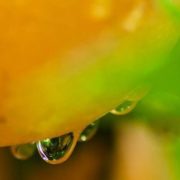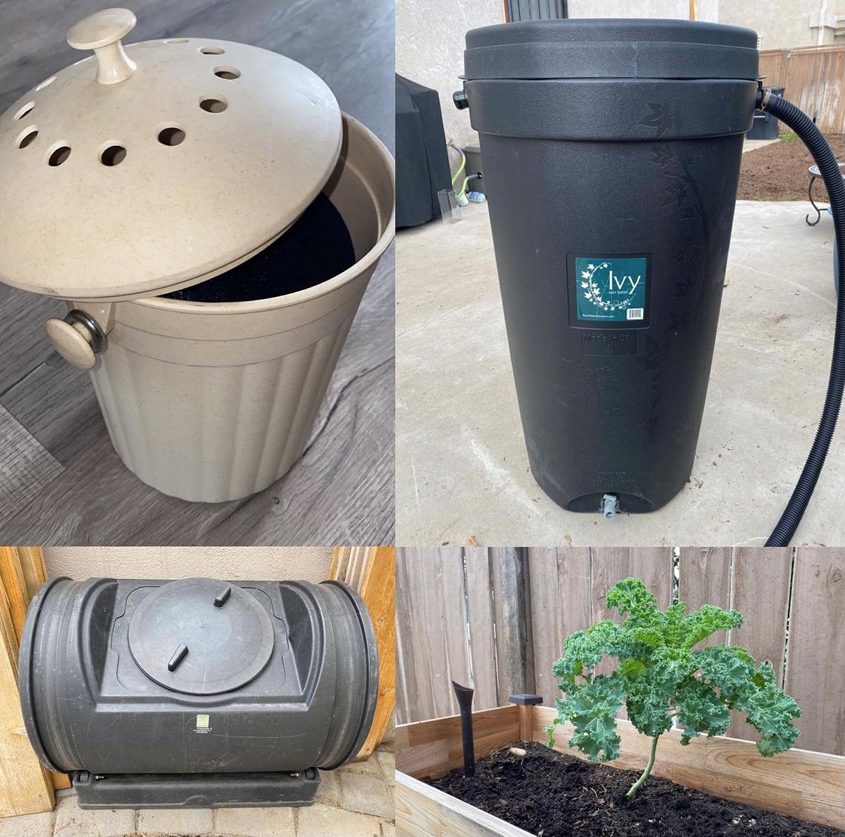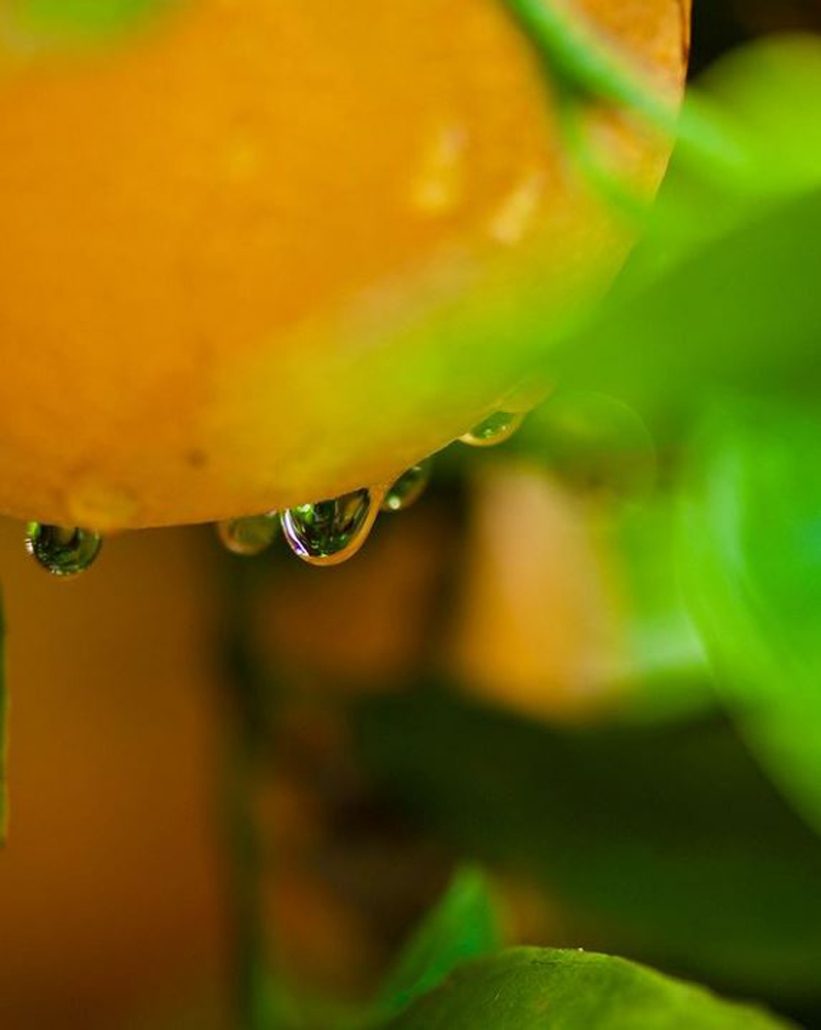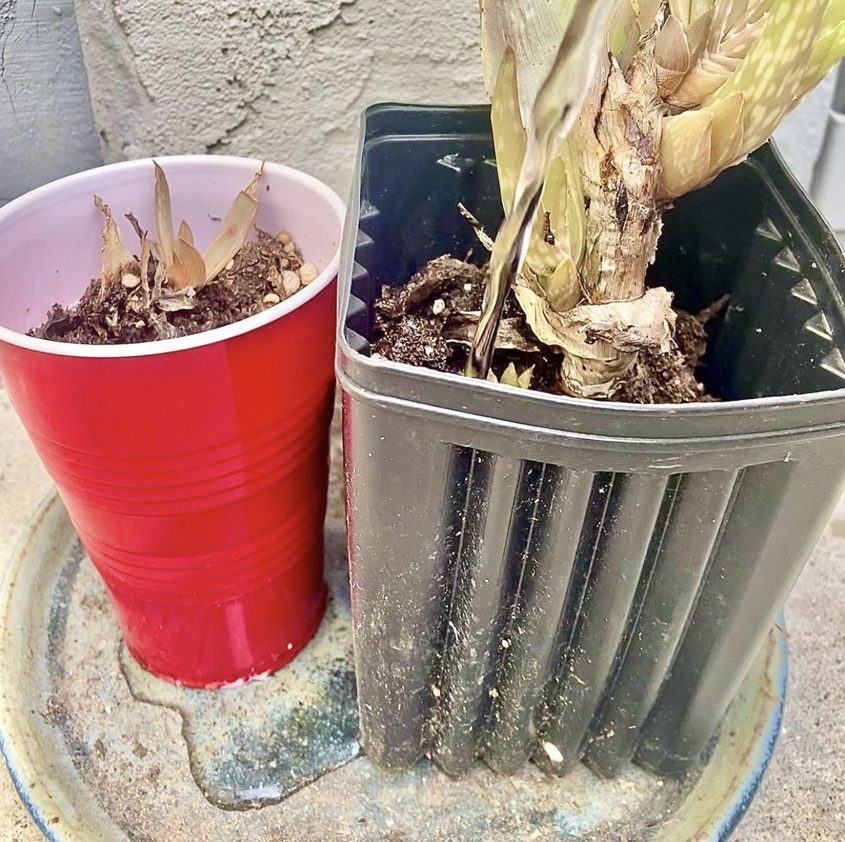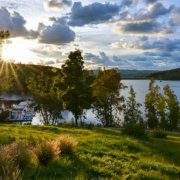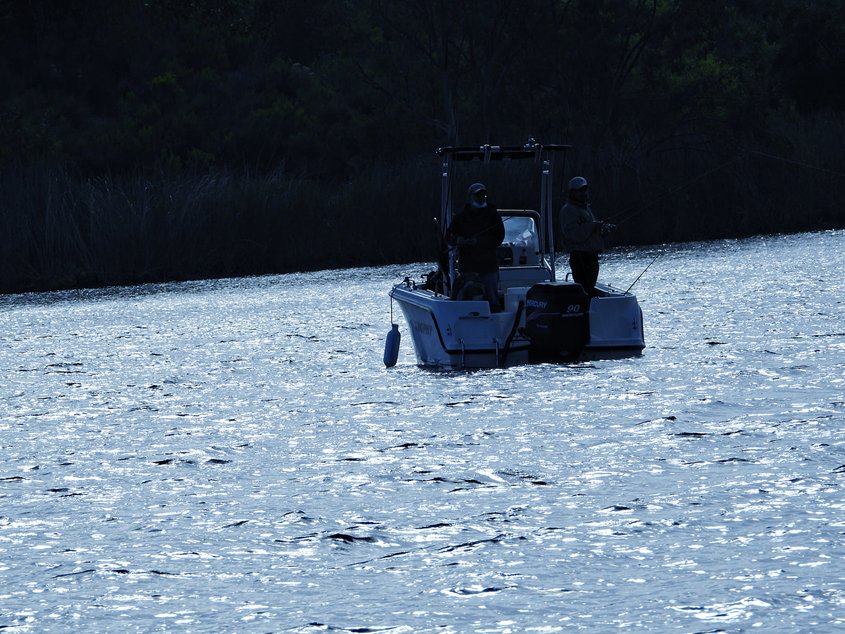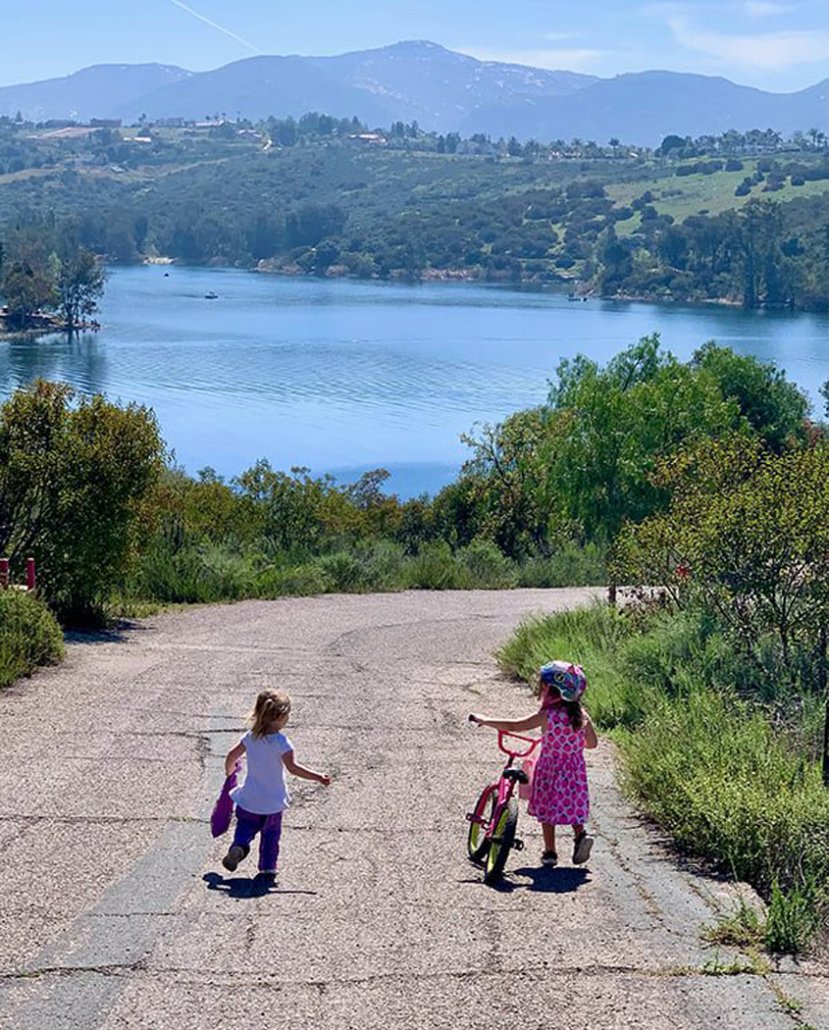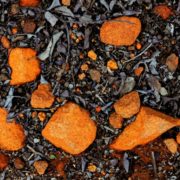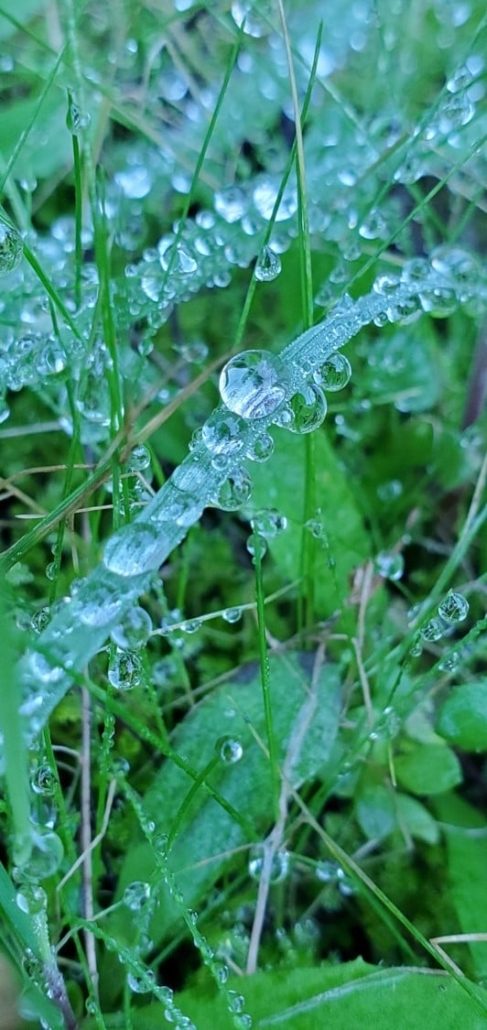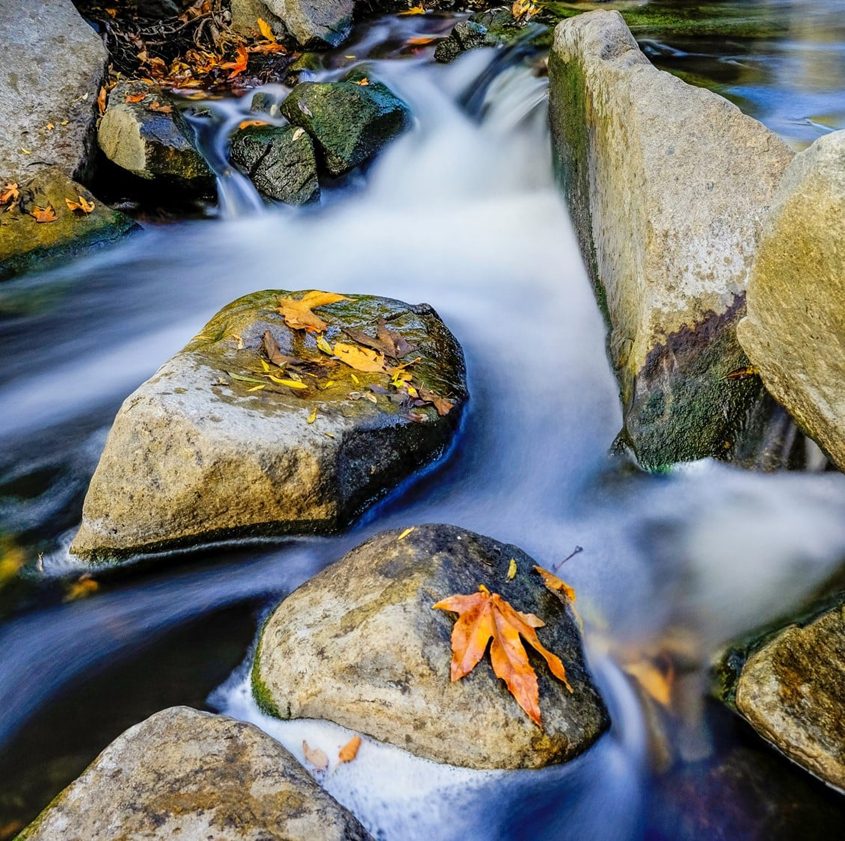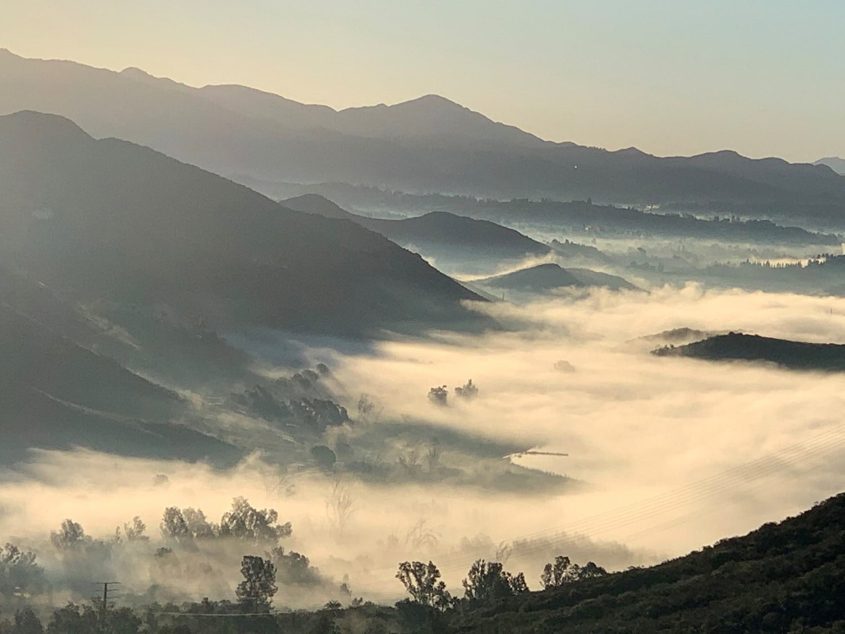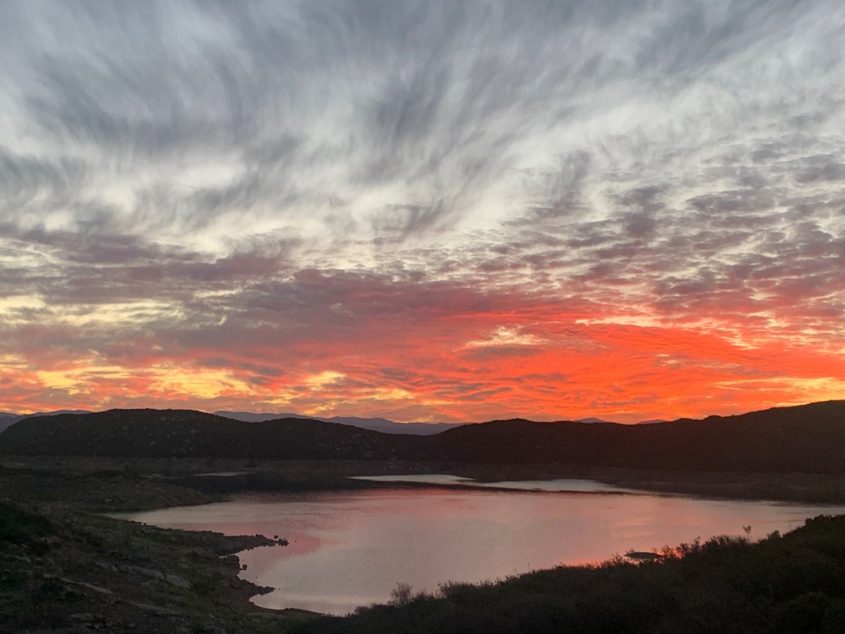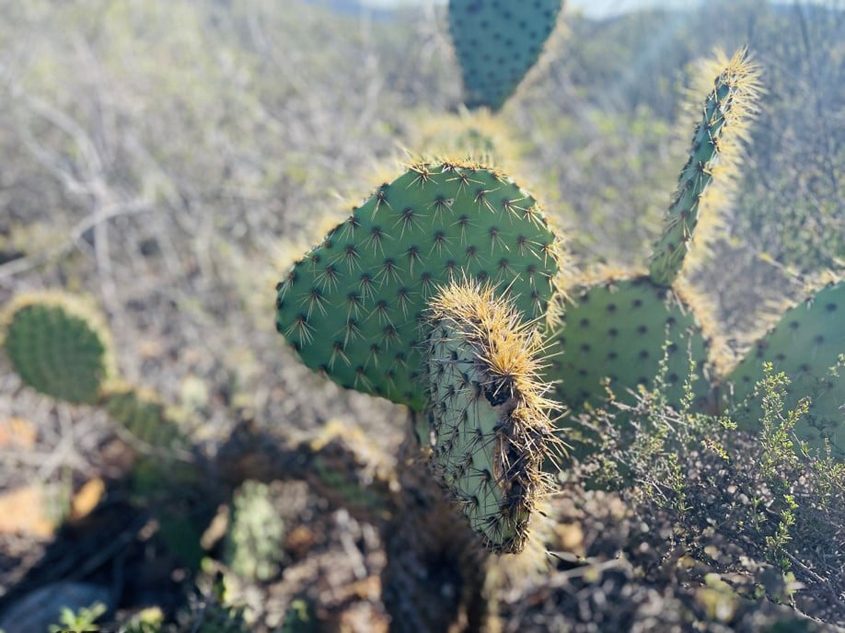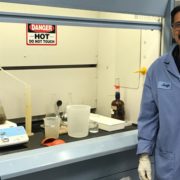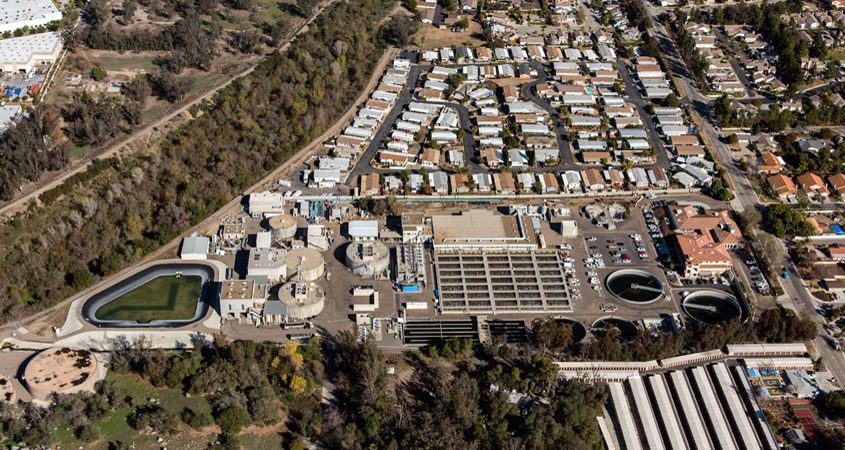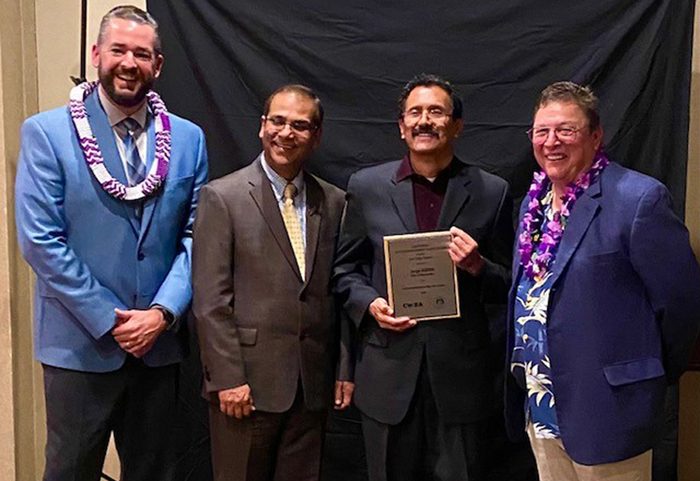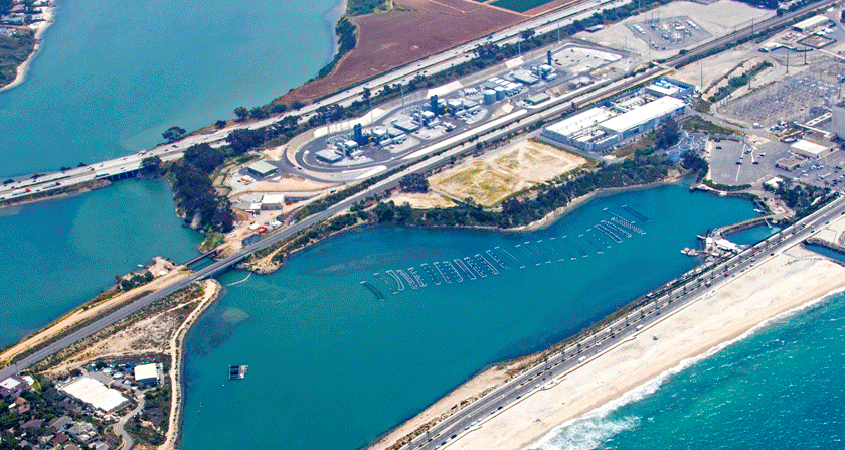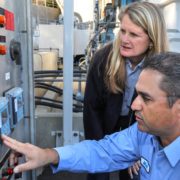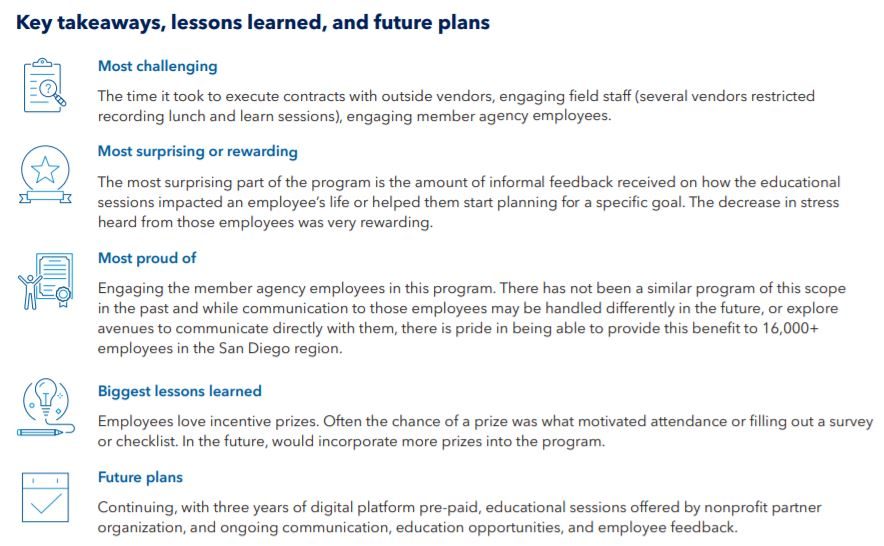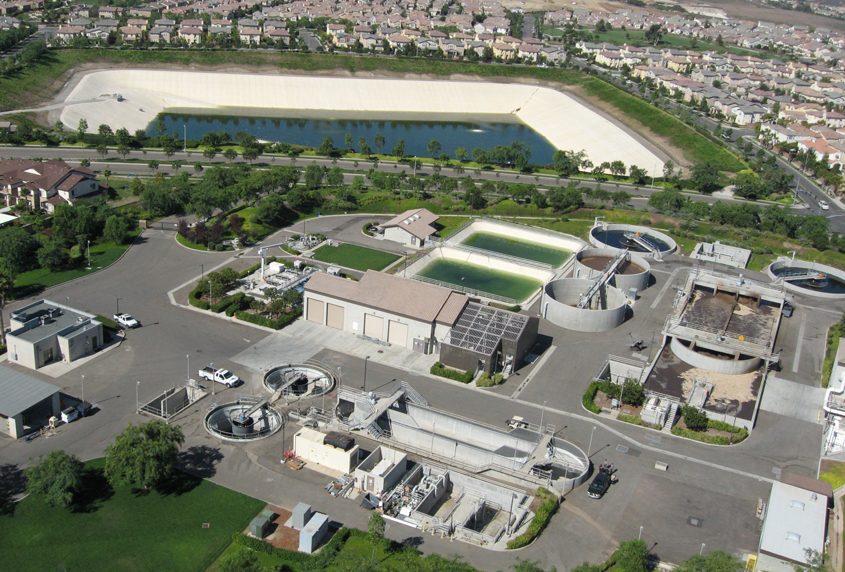Water Authority Finance Director Lisa Marie Harris is CFO of the Year
San Diego County Water Authority Finance Director Lisa Marie Harris has been named CFO of the Year in the Public Sector category by the San Diego Business Journal.
Harris has served as director of finance and treasurer for the Water Authority since May 2014, capping 30 years of experience in both public and private finance. In her current role, she is responsible for overseeing the Water Authority’s $1.98 billion debt portfolio, a $503 million investment portfolio, the development of the biannual $1.7 billion operating budget, and setting annual rates and charges.
Reducing costs for water ratepayers
“The San Diego Business Journal could not have selected a better example of dedicated public service than Lisa Marie Harris,” said Water Authority General Manager Sandra L. Kerl. “Over the past seven years, Lisa Marie has led strategic initiatives that have improved the financial health of the Water Authority, benefitting our member agencies and the region’s ratepayers, while demonstrating leadership for employees who provide essential water services to San Diego County.”
CFO of the Year
Each year, the San Diego Business Journal honors the financial executives with its CFO of the Year Awards that recognize contributions to growth, leadership, and community involvement. A panel of independent judges, drawn from the region’s financial leaders, selected the 2022 candidates.

During the peak of the pandemic, she advocated for refinancing Water Authority debt and then timed the market to minimize costs for the agency. Harris’ financial savvy and keen sense of timing saved the region $48 million, which will be applied to future rate cycles. Photo: San Diego County Water Authority
Harris and finance team minimize water rate increases
Harris’ sustained excellence and financial acumen have been critical to minimizing wholesale water rate increases despite inflationary pressures on energy, chemicals, and other materials. In addition, she is helping to lead agency initiatives to ensure long-term fiscal sustainability, reliability, and affordability.
“I am honored to receive this recognition, which reflects the work of the entire Water Authority Finance Department team,” said Harris. “It’s also important to recognize our Board of Directors, which provides strategic direction and ultimately makes the difficult decisions to balance all of the complex factors necessary to sustain water supplies for San Diego County.”
Among her recent accomplishments, Harris led the Water Authority’s successful efforts to earn strong credit ratings from the three major U.S. rating agencies. High ratings allow the agency to optimize its debt portfolio and minimize the cost of financing vital water reliability projects, which reduces long-term costs.
Debt refinancing saves region millions of dollars
During the peak of the pandemic, she advocated for refinancing Water Authority debt and then timed the market to minimize costs for the agency. Harris’ financial savvy and keen sense of timing saved the region $48 million, which will be applied to future rate cycles.

“I am honored to receive this recognition, which reflects the work of the entire Water Authority Finance Department team,” said Harris. “It’s also important to recognize our Board of Directors, which provides strategic direction and ultimately makes the difficult decisions to balance all of the complex factors necessary to sustain water supplies for San Diego County.” Photo: San Diego County Water Authority
CFO of the Year has extensive public service experience
Prior to joining the Water Authority, Harris served as chief deputy treasurer for the County of San Diego Treasurer-Tax Collector’s Office; executive director of California Debt and Investment Advisory Commission; assistant deputy airport director for the City and County of San Francisco – San Francisco International Airport; and senior vice president for Siebert Brandford Shank LLC.
Harris holds a bachelor’s degree in Economics from UC Berkeley and a master’s degree in Public Policy from the University of Michigan. Harris is a past executive board member of the Debt and Nominations Committees for the Government Finance Officers Association; past executive board member for Women in Public Finance; and founding member and vice president for the San Diego Chapter of Women in Public Finance.
San Diego Mayor Todd Gloria appointed Harris to the City of San Diego Employees Retirement board in May 2021, and she serves on the Investment Committee. Harris was recently appointed to the board of directors of San Diego-based Wakeland Housing Corporation, which develops affordable housing in California.


